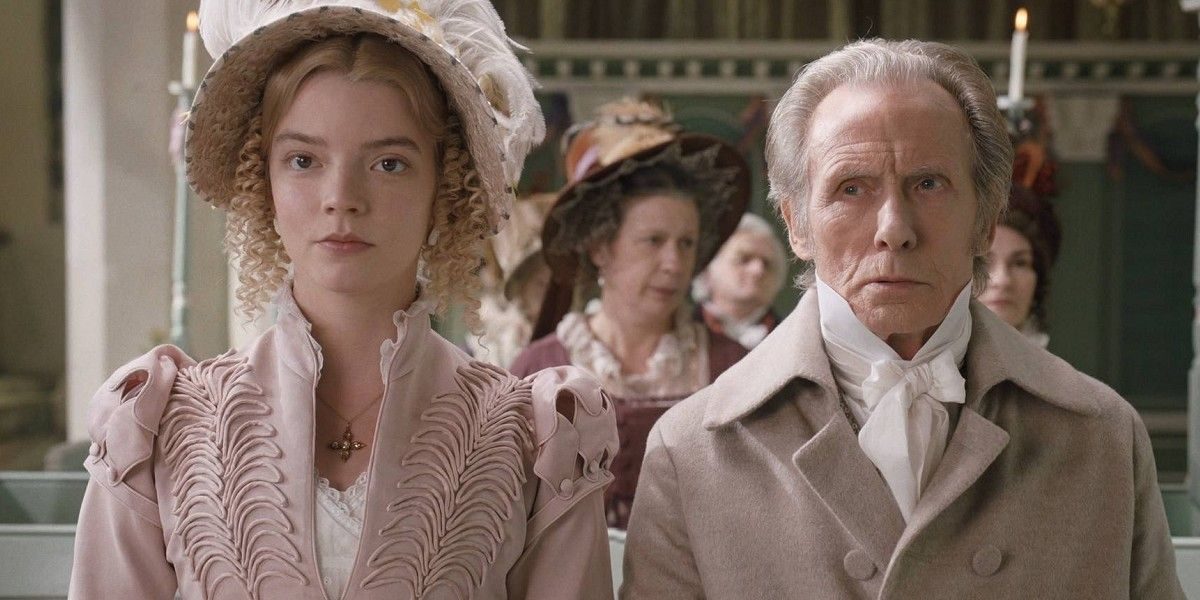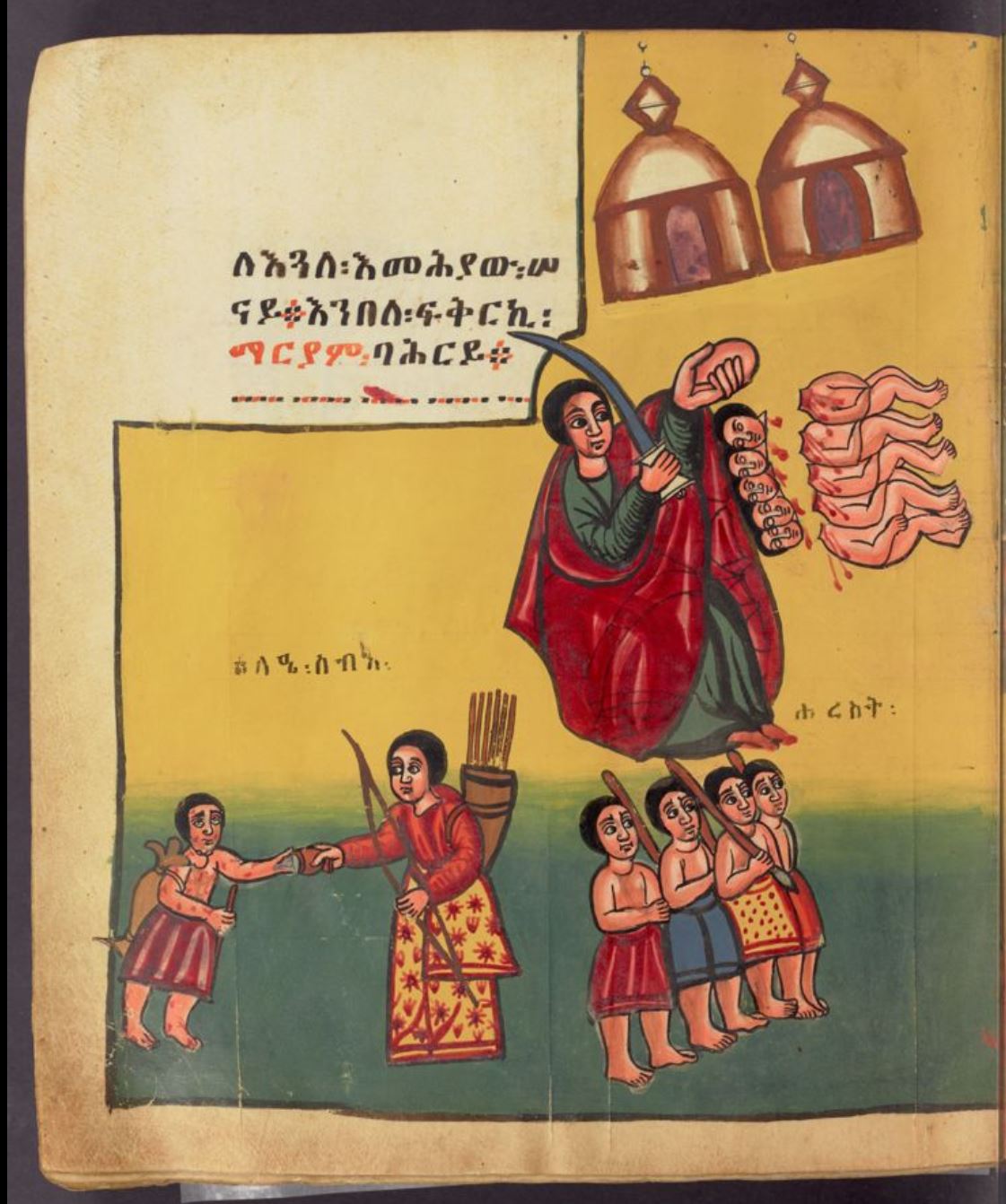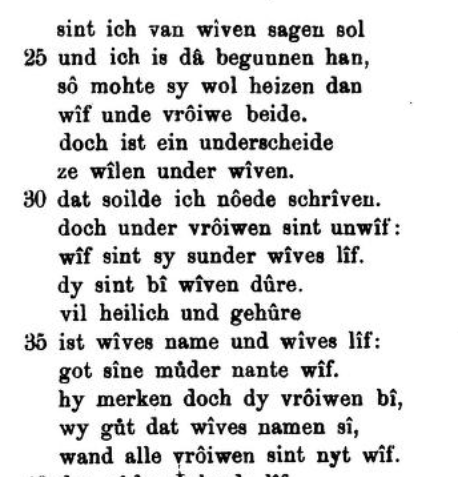(I’m in the process of sending my website over to reclaim hosting, so here’s a small new post to help me know if things worked)
The Bibliothèque royale de Belgique in Brussels has newly posted many digitized manuscripts. This link might work.
I poked at a manuscript of Jean Miélot’s Life of Saint Josse, aka, Saint Judoc. Josse was a seventh-century Breton prince who, on his pilgrimage to Rome, ended up in Ponthieu, under the patronage of Duke Haymo or Haymon. There he lived as a priest and hermit. Lives survive from 800 on, including one translated into French by Pierre de Beauvais in the thirteenth century. Miélot’s fifteenth-century life survives in two manuscripts, Bruxelles, Bibliothèque royale de Belgique, 10958, and Valenciennes, Bibliothèque municipale, 511, which is only partially digitized, and, judging from the available samples, unillustrated.
The Brussels manuscript looks to be contemporary with Jean Miélot, who translated the saint’s life, I believe, from Latin. Each of its nearly full-page illustrations has a French quatrain below it. The work’s been edited, and introduced, by Nils-Olof Jönsson for Brepols. The text of the life is also available online.
I was struck by this page, 7r in the manuscript:

In more detail:

The French reads (along with the stanzas on the two previous pages, for further context):
Saint Josse aprés fu prestre fait
Pour estre plus en Dieu parfait
Et user sainttement sa vie,
Car d’autre rien n’avoit envie.
12 Au bout de .vii. ans place prist
Et au conte humblement requist
D’abiter en ung hermitage
Et fist faire le carpentage.
13 Pensant a son fait salutaire
En sa demeure solitaire
Estoit saint Josse acompaigniez
Souvent des bestes, ce saichiez.
[rough translation: Saint Josse was afterwards ordained as a priest, in order to be more perfect in God, and to lead his life in a more holy fashion, because he had no desire to have any other thing [or any other good]. After 7 years, he humbly asked the count for permission to live in as a hermit, and to work as a carpenter. Thinking of his salutary way of life in his solitary abode, Saint Josse was, as is well known, often accompanied by by beasts].
I don’t have the time or purpose to look at other lives of Josse at the moment. Apart from the Brepols above, a key resource, with special attention to Josse/Iudoc’s popularity in early medieval England, is Michael Lapidge. “A Metrical ‘Vita S. Iudoci’ from Tenth-Century Winchester.” The Journal of Medieval Latin, vol. 10, 2000, pp. 255–306.
From Lapidge’s edition and (happily) translation, we find that Iudoc’s kindness to fish is already present in the early vitae:
Ecclesia Domino facta sibi necne domuncla;
fertur enim quod uir Domini uolucres aluisset,
pisciculos quoque multimodi generis, et ibidem
escam qui solito propria sibi conueniebant
sumere more manu de sancti quippe Iudoci
atque saturati natatu siue uolatu
letantur pennas uacuas librasse per auras (170-76)
[A church was built there for the Lord, and also a tiny dwelling for him [Iudoc]; it is said that the man of the Lord fed the birds and also fish of many kinds, who assembled there in customary manner to receive food from the very hand of St. Iudoc himself; and, sated, they rejoice to release their [fins and] feathers into the empty spaces, by swimming {“uacuas…auras” might come from Ovid, perhaps Metamorphoses IV.41, “in medium vacuas referamus ad aures,” in a section about people transformed into birds and fishes]
Fish-cradling isn’t something I think I’ve seen much. I would have expected Josse’s tenderness towards fish to come from the influence of Franciscan spirituality, with its sermons delivered to fish, or its general consideration for all kinds of life. As I observed some 13 years ago:
Ambrose praises the underwater world for the spectacle of the natural order of creation it provides us; Augustine and Basil wonder about whether or not fish have memory; but generally speaking, fish don’t matter as much as other animals to the proof of humanity through the domination of animals, what I’ll call the sacrificial structure of the human. The Wild Herdsman in Yvain doesn’t prove his humanity at the expense of salmon, but rather of oxen (and perhaps other wild beasts, depending on the manuscript), creatures–given the Herdsman’s animalistic visage–very much similar to him. They look “ausi con” (as if) they were pleading while he beats them. Their submission shows that their pleading–their apparent shared existence with the Herdsman–is only an “as if,” only an imitation, while he, regardless of his animality, is a human. There is no “as if” with fish. There is none–and almost none–of the process of recognition and denial so necessary to the human relationship to the animal, because fish are too alien. They are another nature.
They are another nature because they are not as much alive as other animals. Not being quite living creatures, they are unsuitable objects for meaningful domination. They can be killed, but that killing doesn’t quite matter, not to Aquinas, not to our confused vegetarian, not to the human as such. This is a life that is not life; a life that simply doesn’t rate. Hence, I suggest, the lack of pleasure in eating fish. Since killing them accomplishes nothing for the human, which needs to dominate creatures like itself, there’s no good reason to kill fish, at least no good symbolic reason.
I’m satisfied enough that Dominic Alexander’s argument, from his Saints and Animals in the Middle Ages, applies here, namely, that Josse models the pre-lapsarian Edenic harmony of humans and nonhumans. He displaying not so much kindness to animals as his sanctity. But even in that sanctity, which we might misapprehend as divine power, we might witness a kindness extended to life that barely merits recognition as life. He’s a saint, but he’s also a saint in an Edenic bubble, modeling for us, through this utopia, what else might have been, in a world that wanted our stewardship and care — here, you might recall Milton’s depiction of Eden — but that never would have required our anxious pretensions of power.









